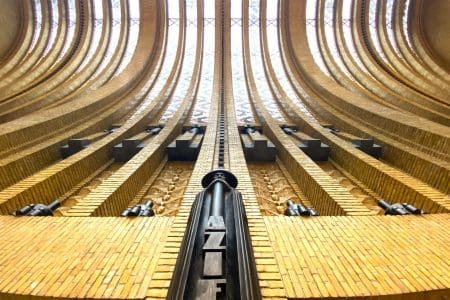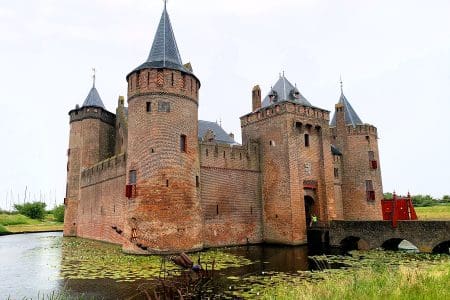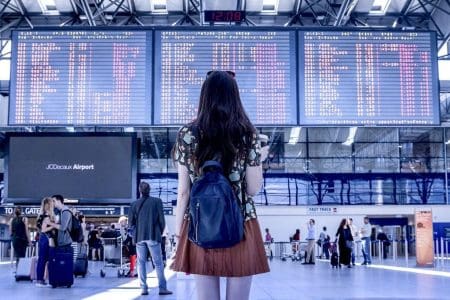The more you travel the more you realise we have to learn – especially from other nations. The Netherlands is a case in point. Climate change is going to have a dramatic impact upon all our societies for future generations, especially as regards rising water levels. So where better to learn about how we can adapt to climate change than the Dutch nation, which has existed below sea level for centuries.
Beemster Polder
Our trip to study the approach to water in the Netherlands at the Windmill Museum (de Museummolen) in Schemerhorn. Between 1633 and 1635, the Dutch drained the Schermersee (Lake Schermer) to create arable land or polders. This was done by using more than 50 windmills to pump the water into canals. Apparently, it was the first time anywhere that land had been drained by windmills in this manner.
In the 1920s these were replaced by pumping stations, and the windmills fell into disuse. Some eleven have been restored with the one at Schemerhorn turned into an interesting museum where you can walk around the mill and try out the giant clogs.
Close to the museum is the town of Beemster, which is noted for its cheese. It also has the Keyserklim (Keyser Church), built by Hedrick de Keyser at beginning of 17th century. De Keyser designed some of the big churches and houses in Amsterdam, so it was unusual for him to be commissioned for a church in such a small place.
The church was restored in 2004-5, so now you can climb to the top of the 56-metre high tower and look out over the whole of the UNESCO-listed Beemster polder. It is amazing to realise that centuries ago all that we can see was covered by water, but a chilling thought that this could be reversed if we do nothing about climate change.
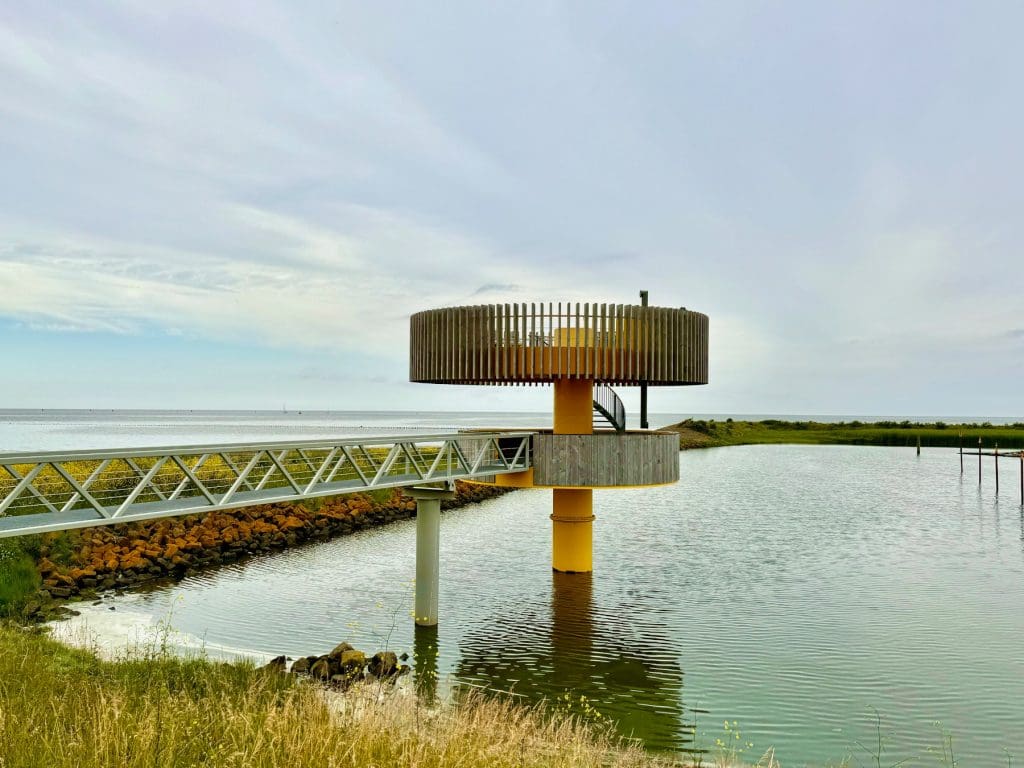
Our final stop on the first day tracing water in the Netherlands is the Den Oever viewpoint, which overlooks the Waddenzee (Waadden Sea). It is a striking architectural structure, from which we can see some wading birds including the largest colony of spoonbills in Europe. Now, there are 3,000 breeding pairs, there were only 170 in 1970, such has been the success of the local conservation programme.
The Afsluitdijk
That evening we cross the Afsluitdijk on the way to our hotel just outside Heerenveen. We return the following day. The dam is the most remarkable piece of engineering. Twenty miles long it connects North Holland to Friesland and was completed in 1932.
Prior to this, the land was often flooded, but the dam created the Ijsselmeer Lake by cutting this off from the Wadden Sea. Although the dam was great for farmers, who benefited from the fresh water created, and to the local residents as the lake become their reservoir too, it was not so good for migratory fish who found themselves banging their heads against a wall.
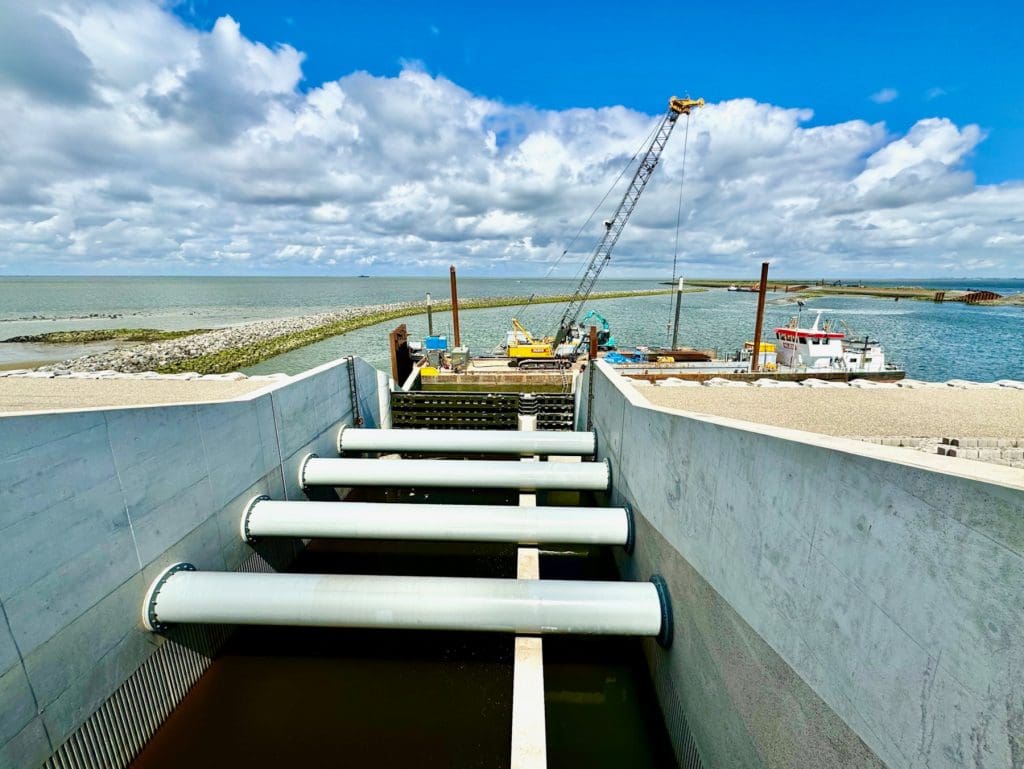
The Afsluitdijk’s sluice gates are opened at low tide in order to control levels by allowing water into the Ijsselmeer and prevent salination. This allows larger fish such as salmon to swim against the tide into the lake, but smaller marine life are not so lucky.
At the Afsluitdijk Wadden Center, we are given a most interesting talk and site visit by Chris Bakker, of It Fryske Gea, the Fryslân nature conservation association. Chris explains how they have breached the Afsluitdijk to create a 20-metre bypass so that all marine life can swim into the Ijsselmeer with the tide. He says that now it is time for the boy to take his thumb out of the dyke, referring to the famous story of the child who stopped the Netherlands from flooding.
According to Chris, some 250 million fish are trying to enter the Ijsselmeer. The fish migration scheme which costs €55 million will be completed by 2026 and help restore the biodiversity of plants and animals in the area, as well as fish. Fortunately, for those residents worrying about the Netherlands flooding there is a gate that can be closed in extreme weather conditions. However, the principle behind this innovative environmental scheme – it is the first of its type in the world – is to work with rather than against nature.
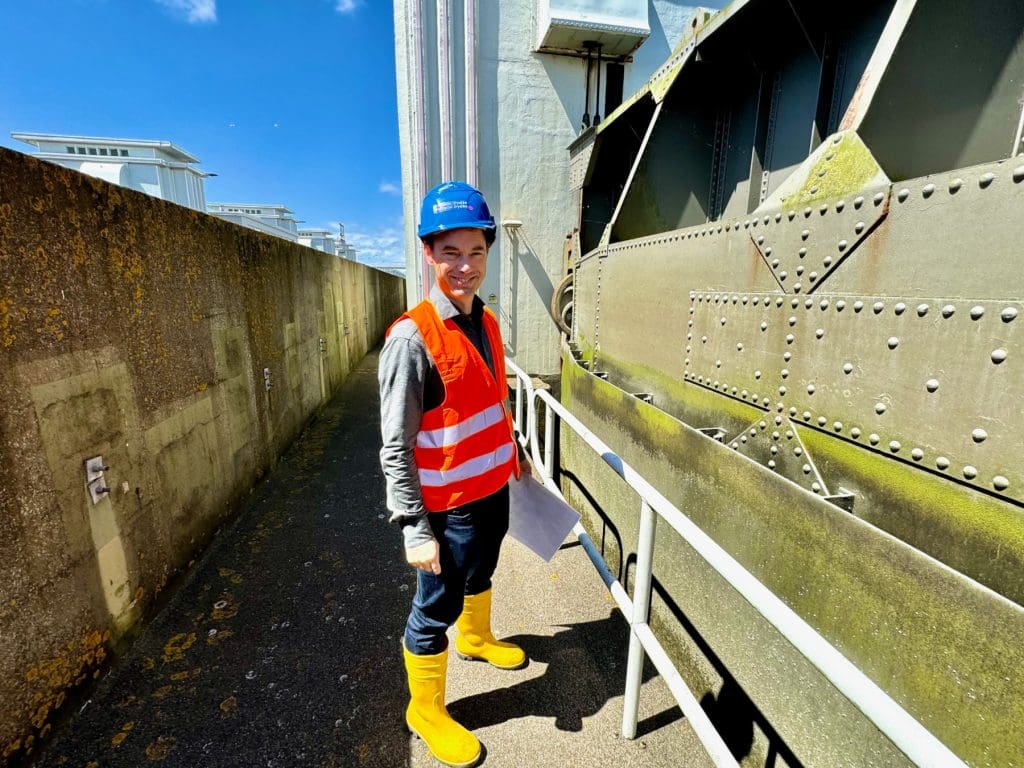
Visit to the Woudagemaal
In the afternoon we cross back over the Afsluitdijk into Friesland to visit the Wouda Pumping Station (Woudagemaal). If Afsluitdijk points to the future, then Woudagemaal demonstrates how we can embrace the past.
Added to the UNESCO World Heritage List in 1998, the Woudagemaal is the largest still functioning steam pumping station in the world. It runs for two to three weeks each year when the polders are flooded to provide extra capacity. Last year it was operational for six weeks due to the excessive waters, perhaps another sign of our need to adapt to climate change. It pumps water from the Boezem (reservoir) into the Ijsselmeer.
Completed in 1920, this is a glorious industrial beast, although last year it too turned green as it is run on biofuel acquired from the Finish company Neste. Its most striking feature is the 60-metre high chimney, although the machinery is almost as impressive.
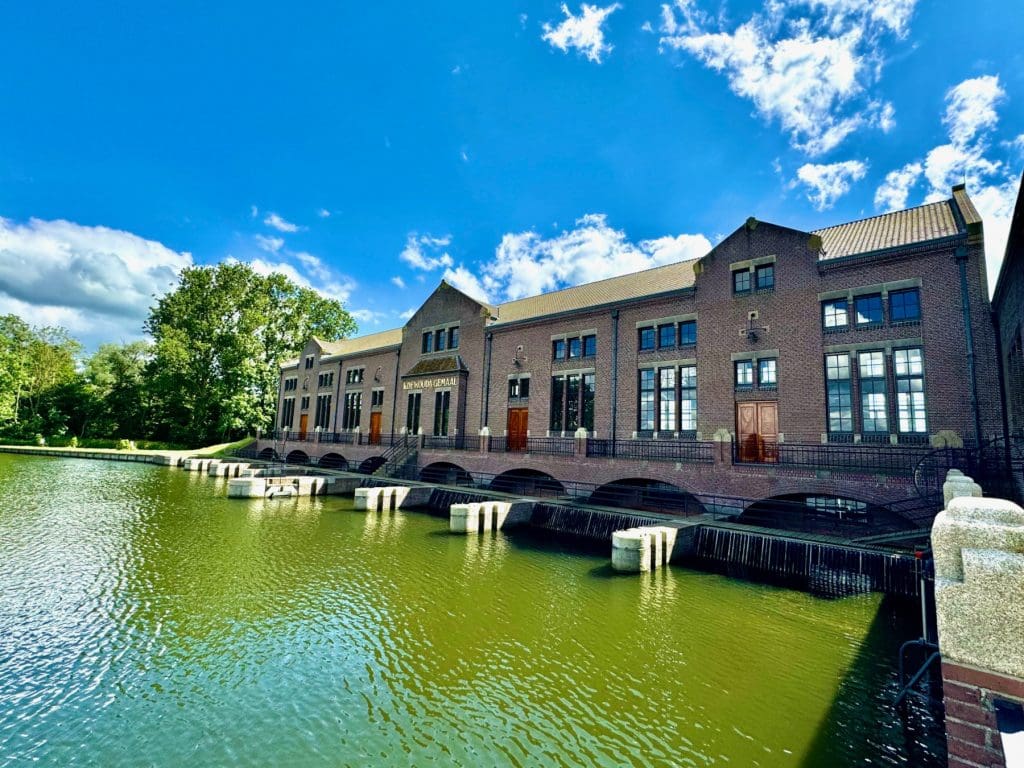
Kampen : How to Adapt to Climate Change
That night we rest in Zwolle, but our final destination is the nearby town of Kampen.
Founded in 1150, Kampen was a Hanseatic League city and was a candidate to become the capital of the Netherlands instead of Amsterdam. Taking in the tranquil, picturesque city this seems quite incredible now. Our visit was not intended to explore the culture of the town, but its water management.
Stan Vergeer, who is head of the department responsible for water management at the city council, gave us a brief presentation before showing us the Reevediep Bypass. Completed last October, the scheme took 15 years to complete, and has created room for the Ijssel river to breathe.
The ‘space for the river’ programme is another example of working with rather than against nature. The scheme has not only created the opportunity for a new residential area on former agricultural land, but protects the housing from flooding, allowing for rainfall of 140mm before any building is inundated. Stan explains this as climate resilience through climate adaptation.
I leave my group back in Kampen where they are to explore some further water management systems. I however have a series of trains to catch back to London, which provides me plenty of time to reflect on my visit to the Netherlands, and realise how much we still have to learn from others, especially how to adapt to climate change.
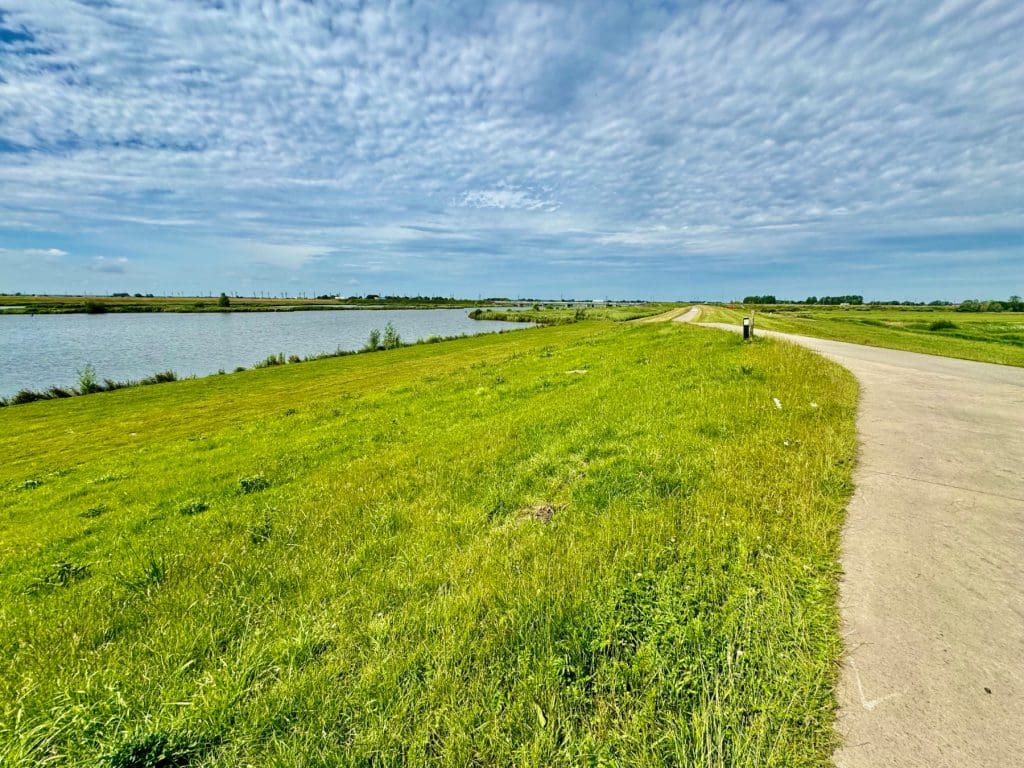
Eurostar to the Netherlands
Mark took the Eurostar from London St Pancras to Rotterdam and then returned from Kampen to London, via Rotterdam and Brussels.
Further Information
For further information on the Afsluitdijk and Fish Migration project go to www.vismigratieriver.nl or theafsluitdijk.com
Things To Do in the Netherlands
For further information on travel in the Netherlands click here.
